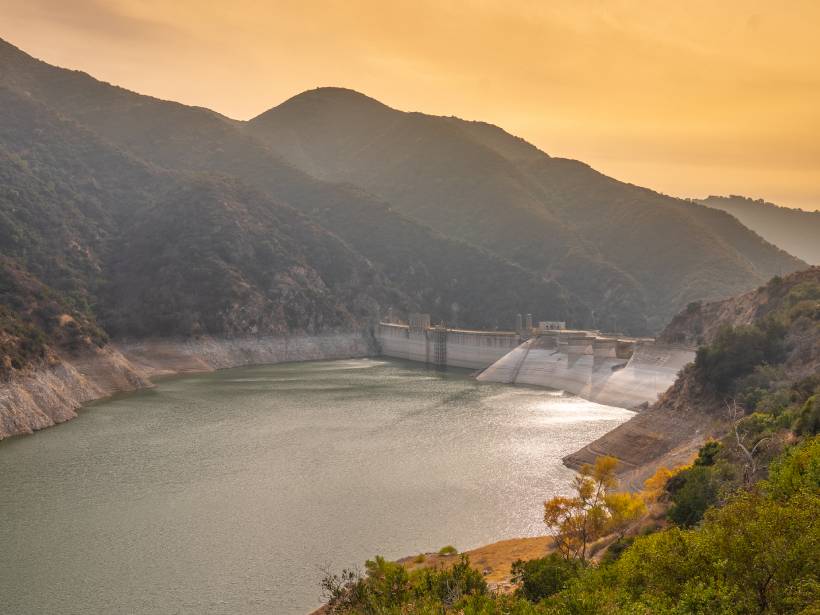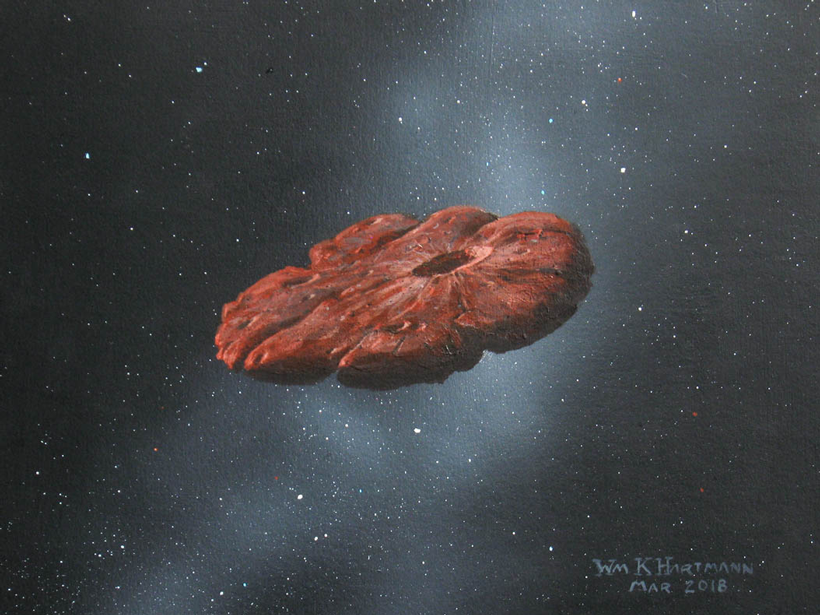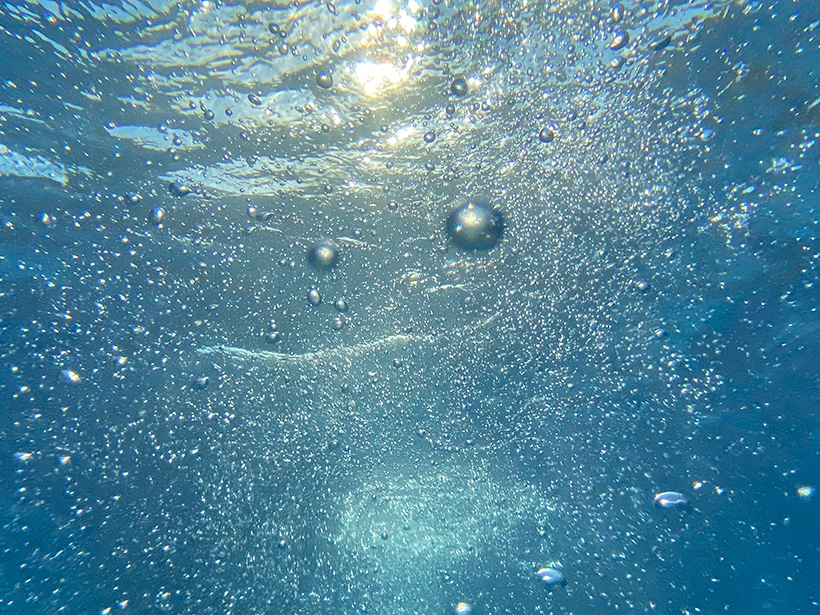A community effort finds that carbonate standards eliminate the interlaboratory differences plaguing carbonate clumped-isotope thermometry studies.
Research Spotlights
Research spotlights are plain-language summaries of recent articles published in AGU’s suite of 24 journals.
A Deep Dive into Organic Carbon Distribution in Hadal Trenches
Researchers use sediment cores to study the amount and origin of sediment organic carbon in one of the least studied regions of the planet: hadal trenches.
How Hospitals Respond to Wildfires
A new study tracks intensive care unit admissions after periods of wildfire smoke pollution. A prolonged or severe smoke event has the potential to strain hospital resources.
A Closer Look at the Creation of a Metamorphic Sole
Detailing the development of the metamorphic sole beneath the Oman–United Arab Emirates ophiolite provides insight into subduction zone processes.
‘Oumuamua May Be an Icy Fragment of a Pluto-Like Exoplanet
Researchers favor nitrogen ice as the most likely material for the mysterious interstellar object’s composition.
Using Cell Phones as Space Weather Vanes
Tiny magnetometers have turned your phone into a compass, and new research shows they are sensitive to geomagnetic storms.
A Well-Balanced Ecosystem Uses Water Most Efficiently
Excess of a single nutrient, such as nitrogen, may boost plant productivity, but the imbalance leads to less efficient water use as plants scramble for the nutrients they lack.









